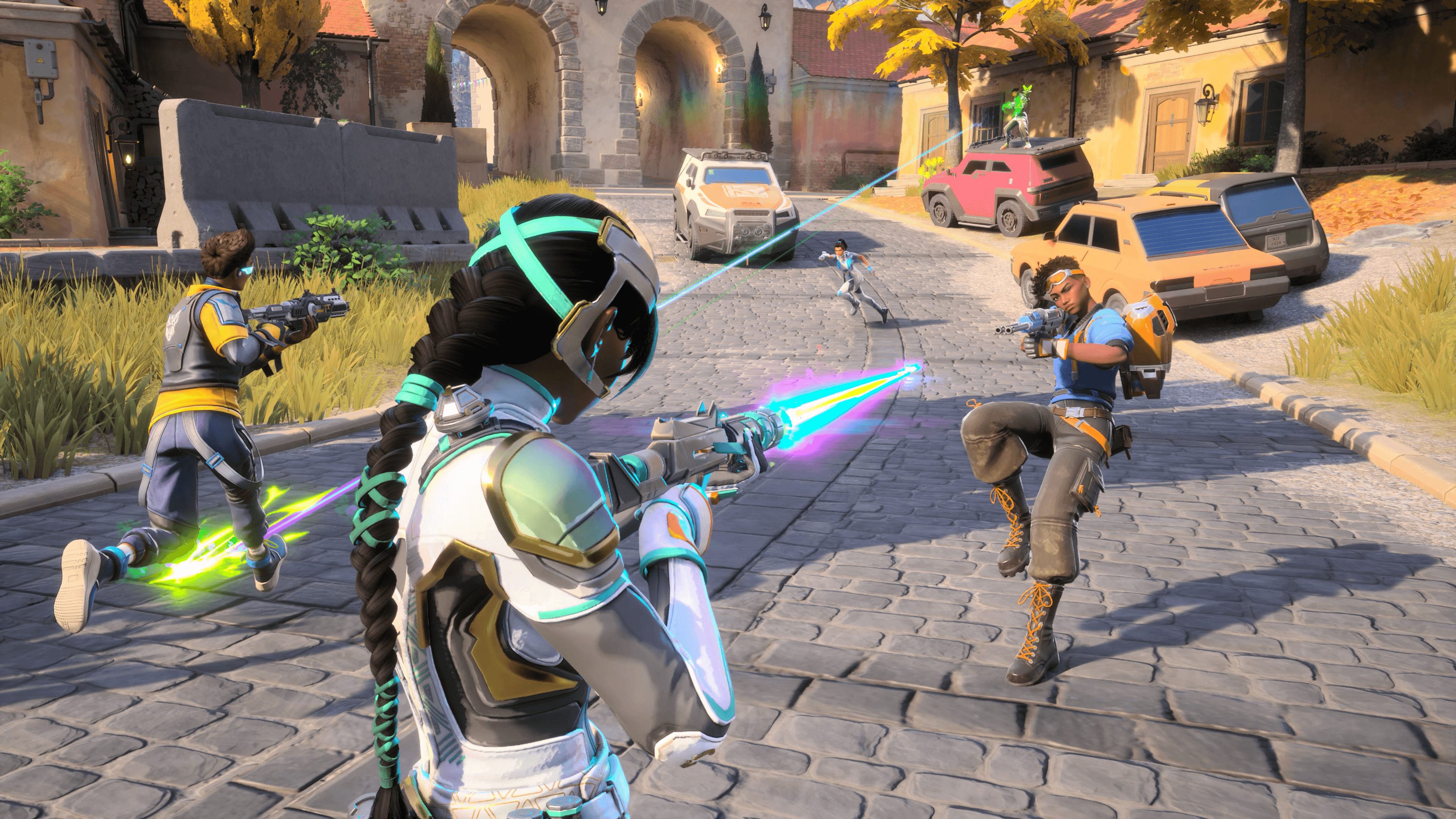Project ETHOS
Project ETHOS is a free-to-play, 3rd-person roguelike hero shooter currently in development.
The game features a rogue-like hero shooting experience with unique play styles through evolutions of weapons and upgrades to unique hero abilities.
It features an extraction mode, gauntlet 3v3 mode, and the classic Battle Royale experience.
During my time on Project Ethos I was part of a small fresh new team of UI developers. I joined September 2022 and began working on creating high fidelity mockups for the HUD, reticle system, and utilizing UI material shaders for the rogue-like system that the game continued developing into it's most recent release of testing.
I worked alongside UX and design to flesh out some of the teams actively developing systems that are reflected in the game today.
Due to NDA, I am unable to showcase any of the work I did in-development at the time of my employment.
I can speak to the things that are publicly out there, but because the game is not fully released, I am not at liberty to share all of the details or showcase the specifics of what I worked on at the time of my employment.
The rest of the entries here will showcase UI Shader and Animation work I did during this time that did not make it into the game.
Material Work
Dot Cloud Material
I created this dot material to be used as the framework for the player image background. In making this, I added public parameters for manipulating the number of dots, distortion intensity of UVs, and a parameter for sharpening/fading the dots themselves. Additional functionality based on gameplay data can be added so that when a player is low health the dots can be tinted red and the flow intensity can increase.
The gameplay implications of this shader are to allow for the UI to react to player health to increase the feeling of urgency and fear when their health is low.
This shader is purely math based except for the use of a cloud texture.
Animation
The primary notification animation is a multi-functional widget that utilizes game data to determine the type of notification. It has the capability of doing a Primary and Secondary notification all within one animation sequence. This way, we can leverage data of the event type to determine if we need only a primary quick message, or a title with a more intricate detailed secondary notification.
My biggest accomplishment during this time was my adaptability. I realized I am able to take on new challenges and face them head on. I researched, asked questions, and failed a lot until I found success in creating material shaders which are now used in game.
I improved a ton in my rendering skills with making mockups at this time too. Creating lots of various versions of UI for the team to compare and contrast and come up with the best possible solution for our experience.
In doing this, I also gained a ton of insight into the large-scale thinking of creating systems that are re-usable and consistent across the platform.


